Free Chibi Image Generator
Just imagine, and we'll instantly return a variety of personalized Chibi images—designed to bring your creativity to life!
- 4:3
- 3:4
- 1:1

image.state.default
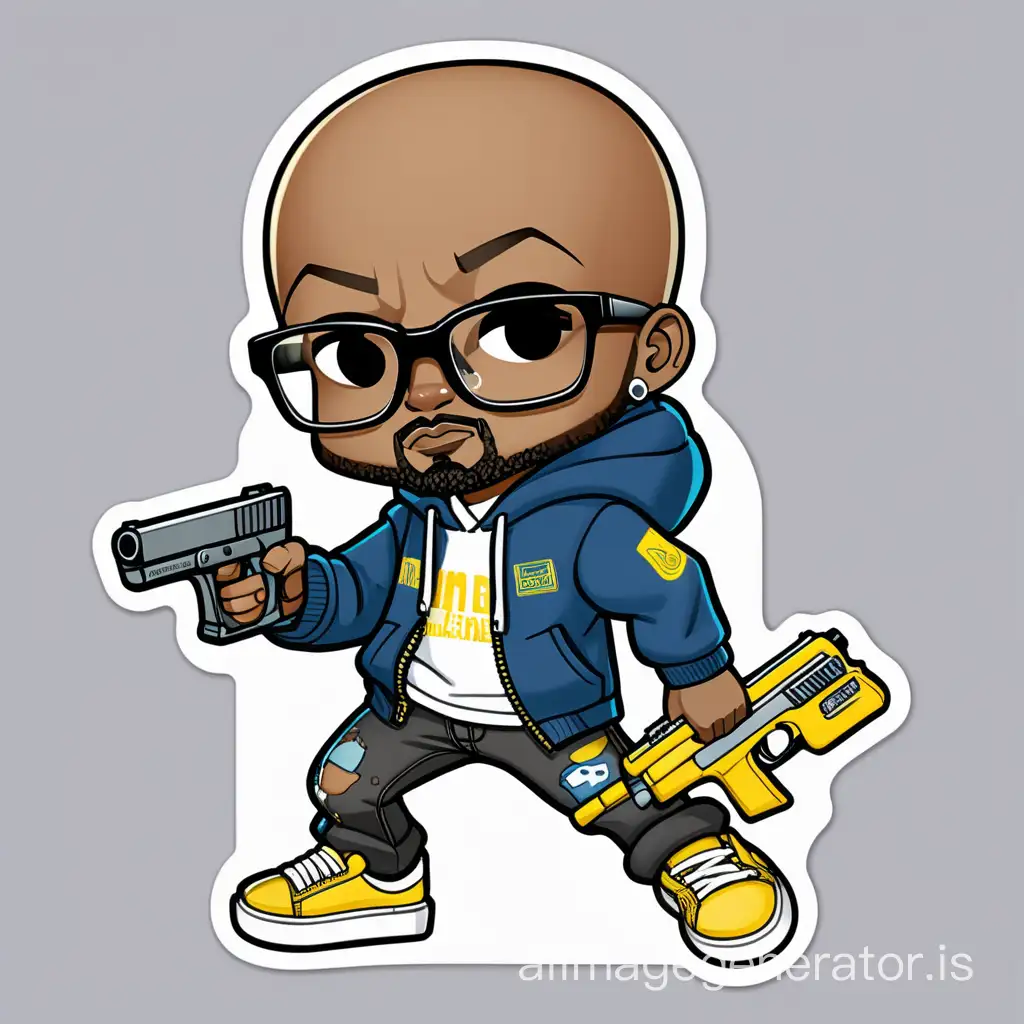
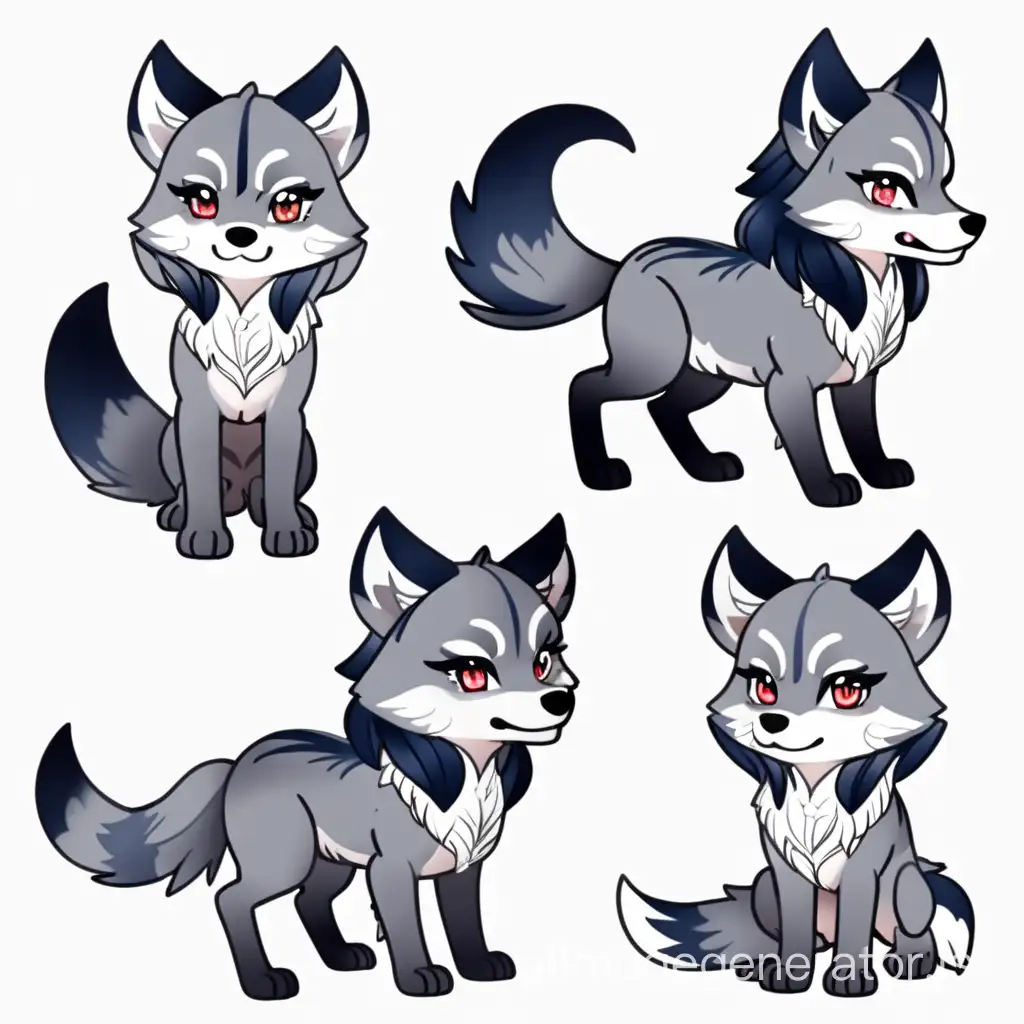
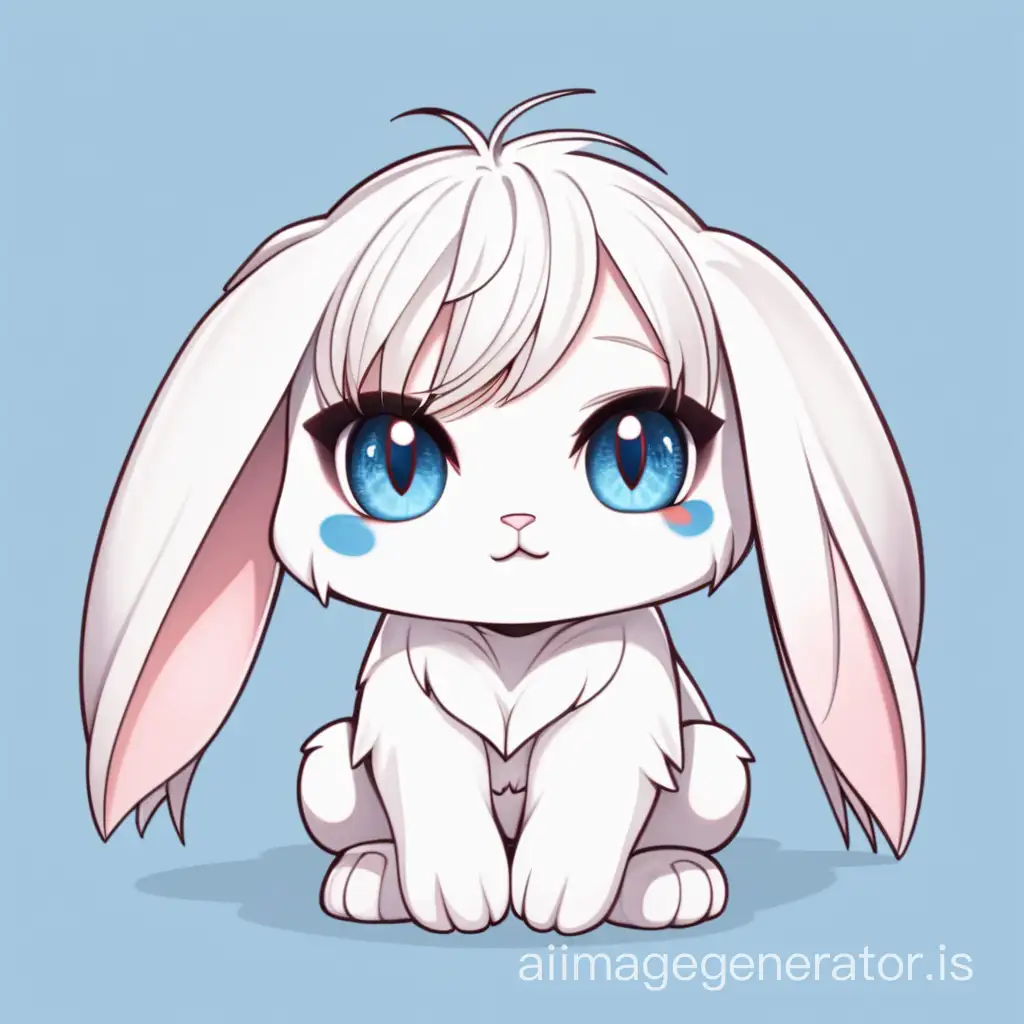
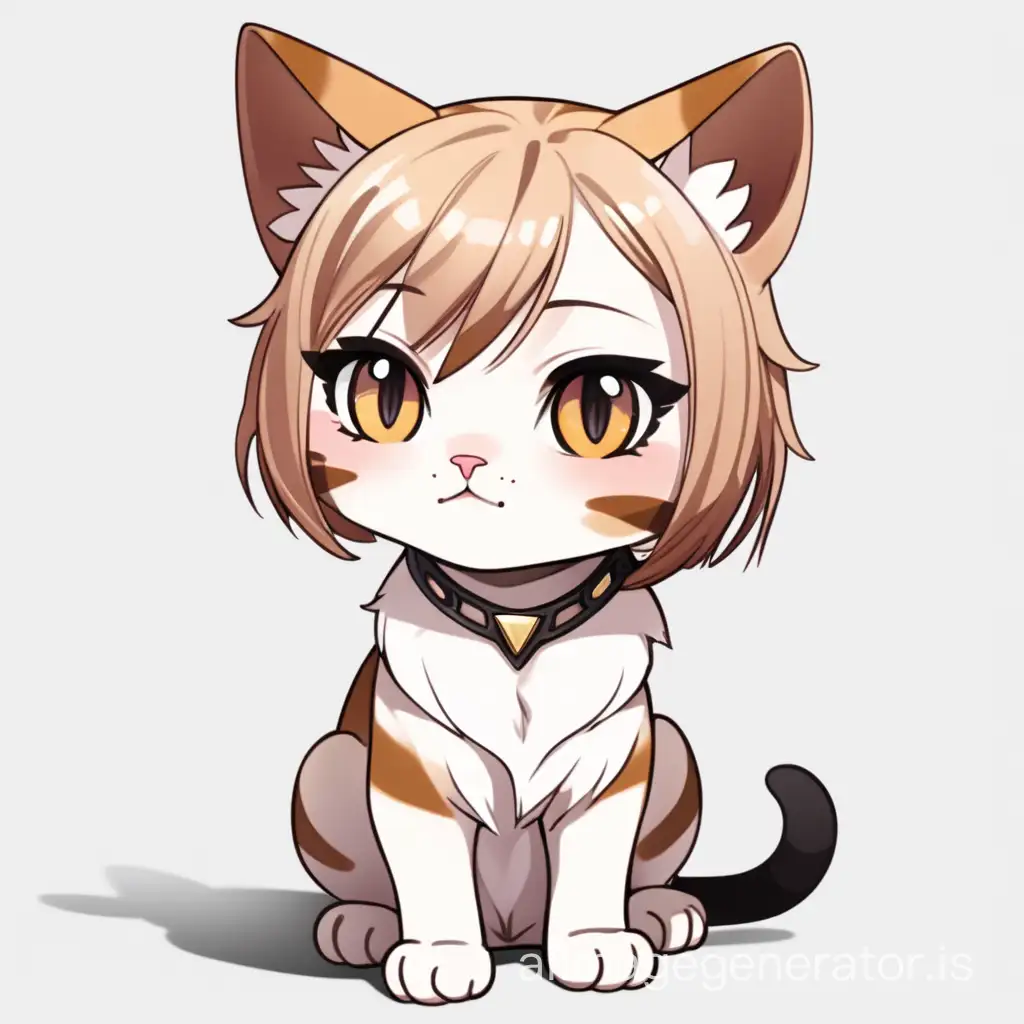
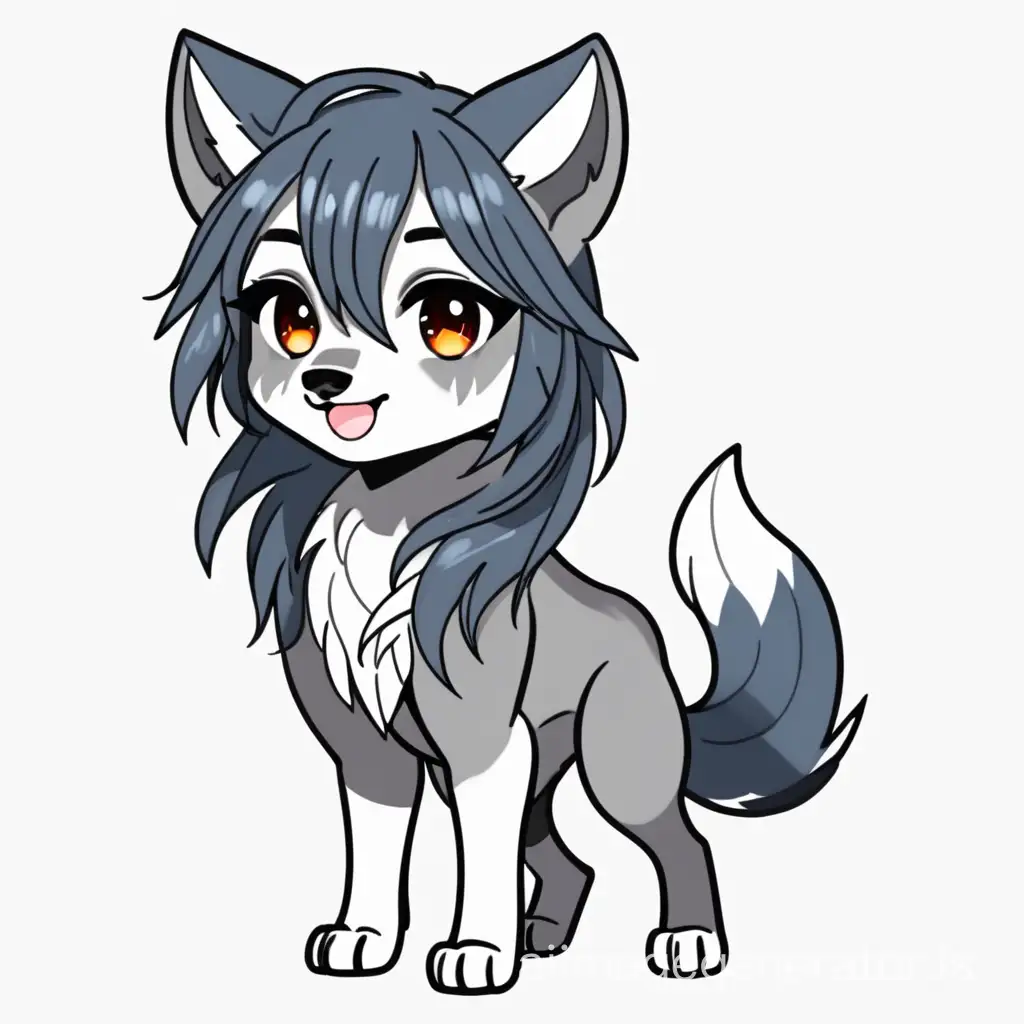
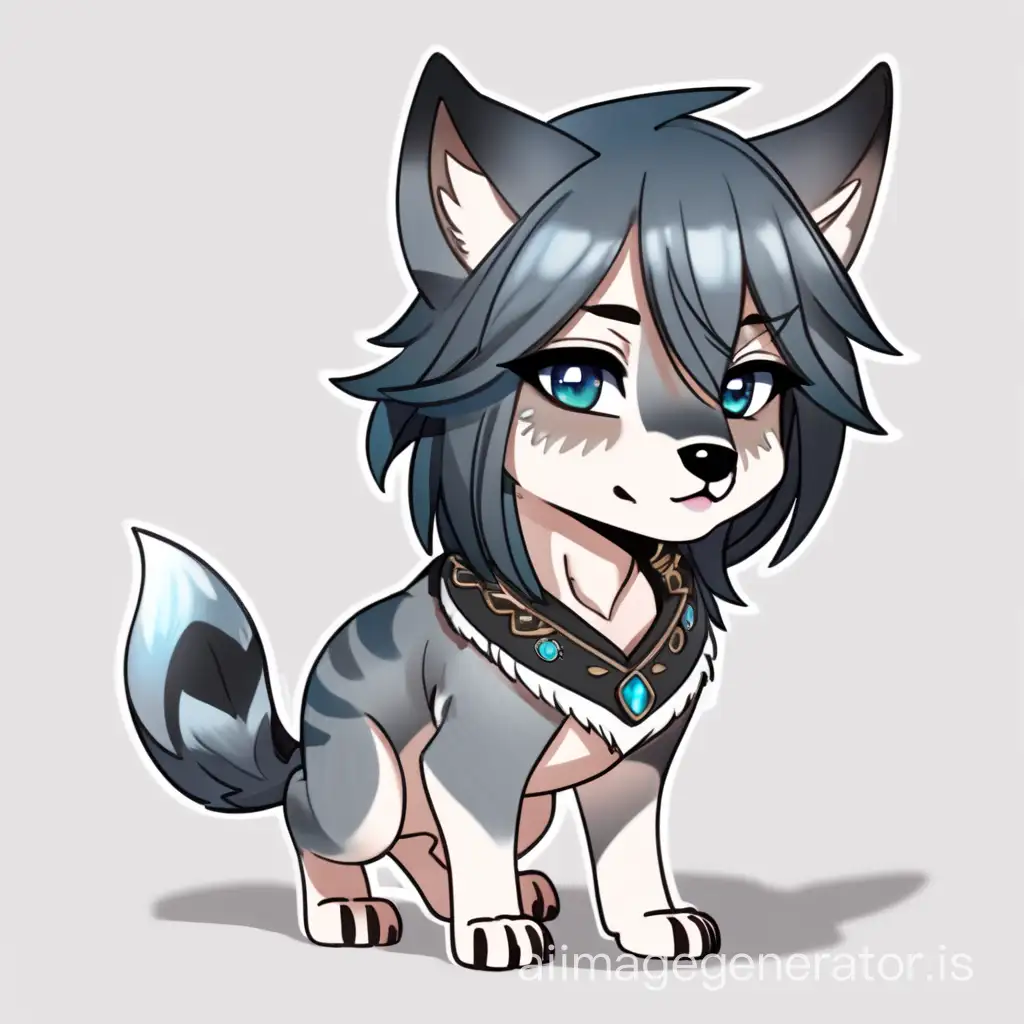
Chibi art is a distinct style of drawing characterized by its exaggerated features, including oversized heads and small, childlike bodies. This art style originated in Japan and has been popularized through manga and anime. The term 'chibi' translates to 'small person' or 'small child' in Japanese, perfectly capturing the essence of this art form. The origins of Chibi can be traced back to the 1980s when it began to appear in manga series as a way to convey humor and express emotions more vividly. The cute and endearing appeal of Chibi art makes it a favorite among fans of Japanese pop culture and beyond. Its simplistic yet expressive design allows artists to capture a wide range of emotions, making it a versatile style for both storytelling and commercial use. Today, Chibi art is not only limited to manga and anime but has also found its way into video games, merchandise, and digital content. Its universal appeal is rooted in the way it encapsulates the essence of characters in a playful, charming manner.
Chibi Art: Origins and Its Cute Appeal
Chibi art is distinguished by several key characteristics: exaggerated facial expressions, simplified details, and a focus on cuteness. The characters are often depicted with large, sparkling eyes and small, pudgy bodies, emphasizing their adorable and approachable nature. These features make Chibi art perfect for portraying a wide range of emotions, from joy and excitement to sadness and surprise. The applications of Chibi art in modern media are vast and varied. In the world of anime and manga, Chibi is frequently used in comical or light-hearted segments to add humor and convey emotions more vividly. This style is also prevalent in merchandise, such as plush toys, keychains, and clothing, where the cute aesthetic appeals to a broad audience. Moreover, Chibi art is gaining popularity in digital media, particularly in mobile games and social media stickers. Game developers often incorporate Chibi characters to create a more engaging and visually appealing experience for players. Social media platforms also leverage Chibi art for stickers and emojis, allowing users to express themselves in a fun and charming way. Additionally, Chibi art is increasingly used in branding and advertising, as its playful and relatable nature can help brands connect with their audience in a more personalized manner.
Characteristics and Applications of Chibi Art in Modern Media
Chibi art encompasses various styles and types, each with its unique characteristics and applications. Traditional Chibi, often seen in classic anime and manga, features bold lines and flat colors, focusing on simplicity and expressiveness. This style is perfect for storytelling and humor, allowing artists to capture the essence of characters in a straightforward yet impactful manner. Another popular style is Digital Chibi, which utilizes modern digital tools to create vibrant, detailed illustrations. This style often includes intricate shading, gradients, and textures, resulting in more dynamic and polished artwork. Digital Chibi art is widely used in mobile games, social media, and digital marketing, where the enhanced visual appeal attracts and engages audiences. 3D Chibi is a more recent development, combining the adorable proportions of Chibi art with three-dimensional modeling techniques. This style is commonly found in animated films, video games, and virtual reality, where the added depth and realism bring Chibi characters to life. The versatility of 3D Chibi allows for creative storytelling and immersive experiences, making it a popular choice for modern entertainment media. Lastly, there is Chibi Noir, a unique fusion of Chibi aesthetics with darker themes and gothic elements. This style contrasts the typical cuteness of Chibi art with mysterious and edgy motifs, offering a fresh and intriguing take on traditional Chibi. Chibi Noir is often explored in fashion, graphic novels, and alternative art scenes, where its unconventional charm resonates with niche audiences.
Exploring the Different Styles and Types of Chibi Art
Creating Chibi art can be a fun and rewarding experience for artists of all skill levels. Here are some tips and techniques to help you get started with Chibi drawing: 1. **Simplify Proportions:** One of the defining features of Chibi art is its exaggerated proportions. Focus on drawing large heads and small bodies, typically with a 1:2 or 1:3 head-to-body ratio. This creates the cute and playful look characteristic of Chibi characters. 2. **Emphasize Expressions:** Chibi art is all about capturing emotions in a vivid and expressive way. Use oversized eyes and exaggerated facial features to convey different moods, from happiness and excitement to surprise and curiosity. Experiment with various expressions to give your characters personality and charm. 3. **Use Bold Lines:** In traditional Chibi art, bold outlines help define shapes and add visual interest to the characters. Use thick lines for the outer contours and finer lines for details, such as facial features and clothing. This contrast enhances the overall appeal of your Chibi illustrations. 4. **Explore Color Palettes:** Chibi art often features bright and vibrant colors that enhance the playful nature of the characters. Experiment with different color combinations to create eye-catching artwork. Consider using complementary colors to make your characters stand out and evoke positive emotions. 5. **Practice Simplified Details:** Chibi art thrives on simplicity, so avoid overcomplicating your designs with excessive details. Focus on capturing the essence of the character with minimal lines and shapes. This not only makes the drawing process more accessible but also highlights the cuteness of Chibi characters. Whether you're a seasoned artist or just starting your creative journey, these tips and techniques will help you master the art of Chibi drawing. Enjoy the process, experiment with different styles, and let your imagination bring your Chibi characters to life.
How to Create Chibi Art: Tips and Techniques for Aspiring Artists